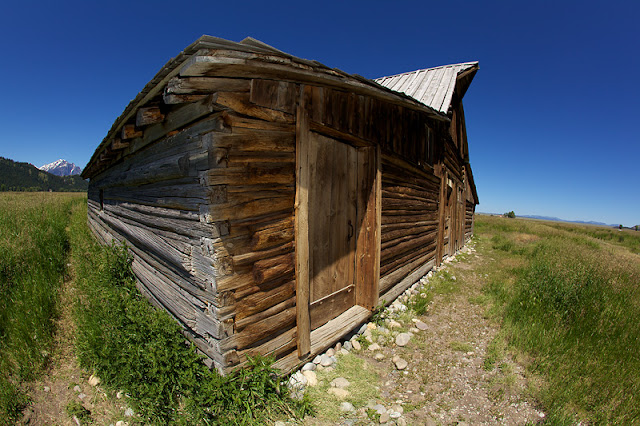 |
Sunrise in the Geyser Basis - Yellowstone NP
Canon 5D mkII + 50mm f1.4USM |
Upon further review... What was I thinking?
When I Googled the directions from my home in Stillwater to the Flagg Ranch, the internal siren should have fired in my brain.
 |
Lower Falls - Yellowstone NP
Canon 5D mkII + 50mm f1.4USM |
Estimated drive time: 19 hours, 42 minutes. I read and reread the mapped directions, repeated the drive time, “19 hours, 42 minutes,” and even dragged out the road atlas. With the aid of my trusty index finger, I traced the route ...Hwy 36 East to Interstate 94... Fargo (ya, you betcha), Bismark, and Billings. From Billings we would head due south on Hwy 90, make a few rights, lefts, and bingo ...National Park city! We had seven days off and we were determined to see some real mountains.
 |
The Rising - Yellowstone NP
Canon 7D mkII + 300mm f2.8L IS |
I should have respected the estimate... 19 hours 42 minutes, but much like the climate change deniers, I refused to believe the data... Clearly, it was subject to interpretation. Google did its mapping thing, spit out directions, and calculated a distance. But these estimates are dependent on many variables. If I drove fast, made only a few stops, and left early, we could beat the Google hypothesis.
 |
Sunrise on Jackson Lake - Grand Teton NP
Canon 5D mkII + 17-40mm f4.0L |
Upon further review, much like the climate change deniers, I was wrong. With only seven days off, we spent 22 hours driving to Yellowstone and 22 hours driving home. Need for sleep required an intermediate campground on the way to and from Wyoming, and this left us with only four days to see the parks.
 |
Tree Plague - Yellowstone NP
Canon 7D mkII + 300mm f2.8L IS |
Now that I am in edit mode, I know that I need to visit these places again. The finite schedule required fast analyses, and forced us to shoot and run. With no time to study patterns or retrace our steps, the quality of our work suffered. Our self-imposed time limit quieted the creative muse, and we are now left with little more than memories. Yes, we went to Yellowstone and the Grand Tetons, but we did not really see these places...
©2000-2011 BTLeventhal.com / Bruce & Tamy Leventhal. All rights reserved. No image on this site may be used without permission.
































